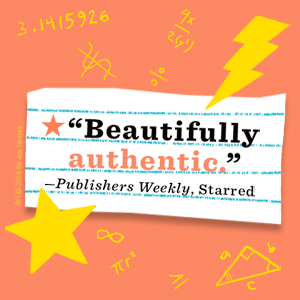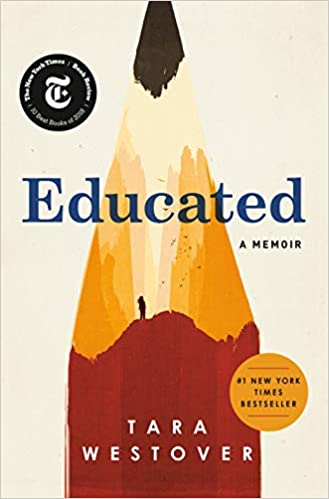Tag: book review
-

Review: Getting gifted homeschoolers (almost) right
As a teacher of gifted learners, I am always interested in how they are portrayed in kids’ books. Generations of smart kids had to see themselves portrayed as clueless, clumsy, antisocial idiot savants. The Miscalculations of Lightning Girl avoids almost all the tired all tropes.
-

Educated: A belated book review
At the time it was published, I tried to ignore the chatter about “Educated” by Tara Westover. But this book is far from the “homeschooling as child abuse” story that I expected.
-
Young writers’ reading list
The most important thing that young writers can do to develop their skills is write, write, and write some more. In conjunction with writing, young writers should read great writing: fiction, nonfiction, poetry, jokes, text messages…. The form doesn’t actually matter. The more great writing they read, the more the rhythm of language will take…
-
Math Stories: Fun, Deep Learning for Elementary Students
Readers: This is an update and consolidation of previous posts on this topic. Hopefully I’ve gotten all the resources in here! It started one night when my seven-year-old daughter explained to her father how you can determine the number of faces in a geometric solid from the number of points. I’d ordered a Sir Cumference…
-
Book review: Raising Human Beings
Greene’s approach is to teach parents to work with their little human beings starting not from an assumption of misbehavior, but from a place of empathy and compassion. Our little human beings are works in progress. They need our guidance to learn how to work within this complicated, confusing world. As parents, it’s our job…